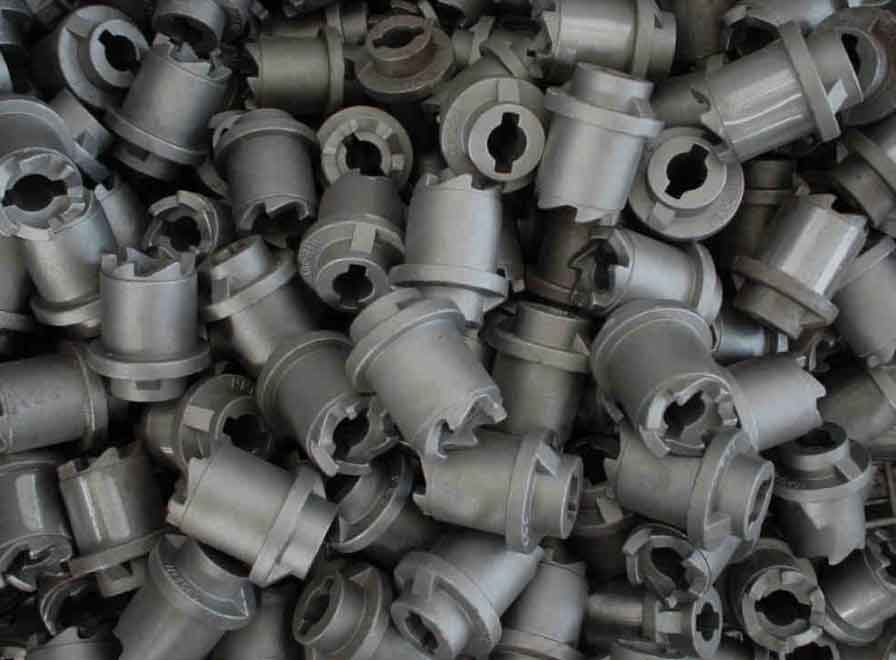
Grey cast iron plays a crucial role in automotive manufacturing, particularly in engine components. Let’s explore the key components in automotive manufacturing where grey cast iron is widely used:
1. Engine Blocks: Grey cast iron is commonly used for manufacturing engine blocks. The engine block forms the foundation of the engine and houses various components such as cylinders, crankshaft, and pistons. Grey cast iron’s high strength, thermal conductivity, and excellent wear resistance make it suitable for handling the high temperatures, pressures, and mechanical stresses within the engine.
2. Cylinder Heads: Grey cast iron is also utilized in the production of cylinder heads. Cylinder heads are responsible for sealing the combustion chambers and housing vital components like valves, spark plugs, and fuel injectors. Grey cast iron’s ability to withstand high temperatures and its thermal stability make it an ideal material for cylinder heads, ensuring efficient heat dissipation and maintaining dimensional stability.
3. Exhaust Manifolds: Grey cast iron is widely used in the manufacturing of exhaust manifolds, which collect and direct exhaust gases from the engine cylinders to the exhaust system. The high-temperature resistance, good thermal conductivity, and durability of grey cast iron make it suitable for handling the extreme heat generated by the exhaust gases.
4. Brake Components: Grey cast iron is employed in the production of brake components, specifically brake rotors (discs) and drum brakes. Brake rotors made of grey cast iron provide excellent heat dissipation, high wear resistance, and consistent performance under braking conditions. Drum brakes, which are still used in some vehicles, utilize grey cast iron brake drums for their durability and heat dissipation properties.
5. Suspension Parts: Some suspension components, such as control arms, knuckles, and steering knuckles, are manufactured using grey cast iron. Grey cast iron’s high strength, stiffness, and impact resistance are beneficial for these load-bearing components, ensuring stability and durability in the vehicle’s suspension system.
Advantages of Grey Cast Iron in Automotive Manufacturing:
- High Strength: Grey cast iron exhibits excellent compressive strength, allowing it to withstand the mechanical stresses and loads experienced in engine components and brake systems.
- Thermal Conductivity: Grey cast iron has good thermal conductivity, enabling efficient heat transfer and dissipation. This property is crucial in engine components and brake systems that generate and dissipate significant amounts of heat.
- Wear Resistance: Grey cast iron’s graphite flakes act as solid lubricants, providing good wear resistance in engine components and brake systems, thereby enhancing durability and extending component life.
- Cost-Effectiveness: Grey cast iron is a cost-effective material compared to alternatives such as aluminum alloys or composites, making it an attractive choice for mass production in the automotive industry.
Grey cast iron’s combination of strength, thermal conductivity, wear resistance, and cost-effectiveness make it a key component in automotive manufacturing. Its use in engine blocks, cylinder heads, exhaust manifolds, brake components, and suspension parts contributes to the performance, reliability, and safety of vehicles.
